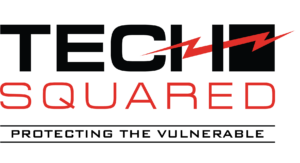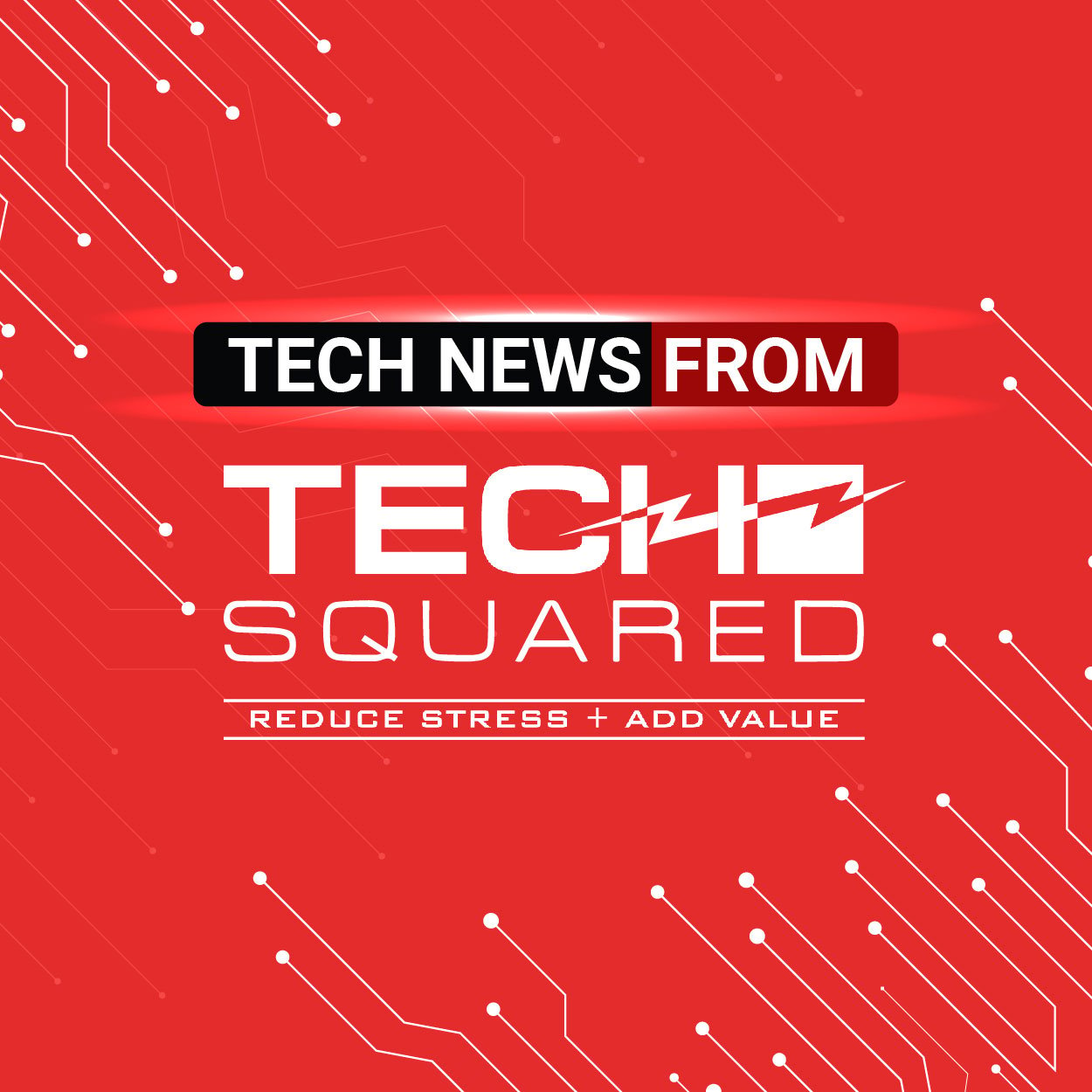When it comes to cybersecurity, many business owners choose to focus their investments on the software and peopleware aspects of IT. This isn’t unreasonable for two reasons. First, a large bulk of cyberattacks employ viruses, ransomware, or other types of malware that you can fend off with the right protective software. Second, users are either your network’s weakest link or first line of defense, depending on how they use your resources. Training your staff in cybersecurity best practices will make them less likely to engage in risky behavior that will endanger your data.
But in planning your IT investments, you should never neglect your hardware either. They may not receive as much focus as the security apps you’re using, but the machines in your IT infrastructure can ultimately make or break your network’s overall protection.
Why is hardware crucial in cybersecurity?
Firewalls, anti-malware solutions, and other cybersecurity tools have evolved so much over the years. About a decade ago, standard antivirus software could only detect viruses, Trojans, worms, and rootkits. Today, most products on the market offer cloud connectivity and backups, phishing and ransomware protection, and browser security, among other features. But these extra features also mean an increase in the computing power needed to run them.
What this means is that, in most cases, your cybersecurity apps will only be as good as the machines in your IT system. Newer, more powerful computers can run advanced anti-malware software without any problem, but lower-end devices may end up freezing or crashing from the demand. Should you invest very little on your hardware, you could end up with an IT system that is both unsecured and unusable.
But the implications of hardware on cybersecurity do not end there. There are times when processors are manufactured with vulnerabilities that cybercriminals can exploit. One example was reported in March 2020. According to experts, chips made by Intel contained vulnerabilities that, when exploited, can nullify encryption and data rights management measures. This was the latest of vulnerabilities found in Intel’s chips, as the same issue was also reported in 2018.
How can you improve your cybersecurity through hardware?
The immediate answer would be to invest in machines with sufficient processing power to handle the latest cybersecurity solutions. Newer computers also have built-in security features, such as biometric scanners and hardware encryption, that suit the needs of modern users. Should these machines be stolen or misplaced, for instance, their security features will keep third parties from gaining access to your business’s sensitive data.
Needless to say, new and powerful hardware also tends to fetch a lofty price. What if your business cannot afford the upfront cost of new units? Here are your options:
#1. Buy zero or thin clients
These are small, stripped-down computers that, despite having minimal processing power and memory, can run as well as your average computer. It does this by connecting to a more powerful system via the internet. All processing tasks are performed in this system. Thin and zero clients are much less expensive than conventional computers. They also require less effort to maintain in terms of cybersecurity.
#2. Partner with an MSP
There are many ways a managed IT services provider (MSP) can help you with this issue. An MSP can help you identify which hardware and software will give you a balance of security, power, and affordability. Their cybersecurity experts can also give recommendations on which types of hardware pose security risks and which ones are safe.
If they’re partnered with a particular vendor, they may be able to give you great deals on that vendor’s products, saving you a lot of money. Finally, their proactive monitoring services will boost your network’s protection and help compensate for any cybersecurity lapses until you are able to purchase more powerful computers.
At Tech Squared, we help our clients achieve enhanced productivity and data security by maximizing their investments in technology. Discover the other ways our services can help your business by downloading this free eBook today!


